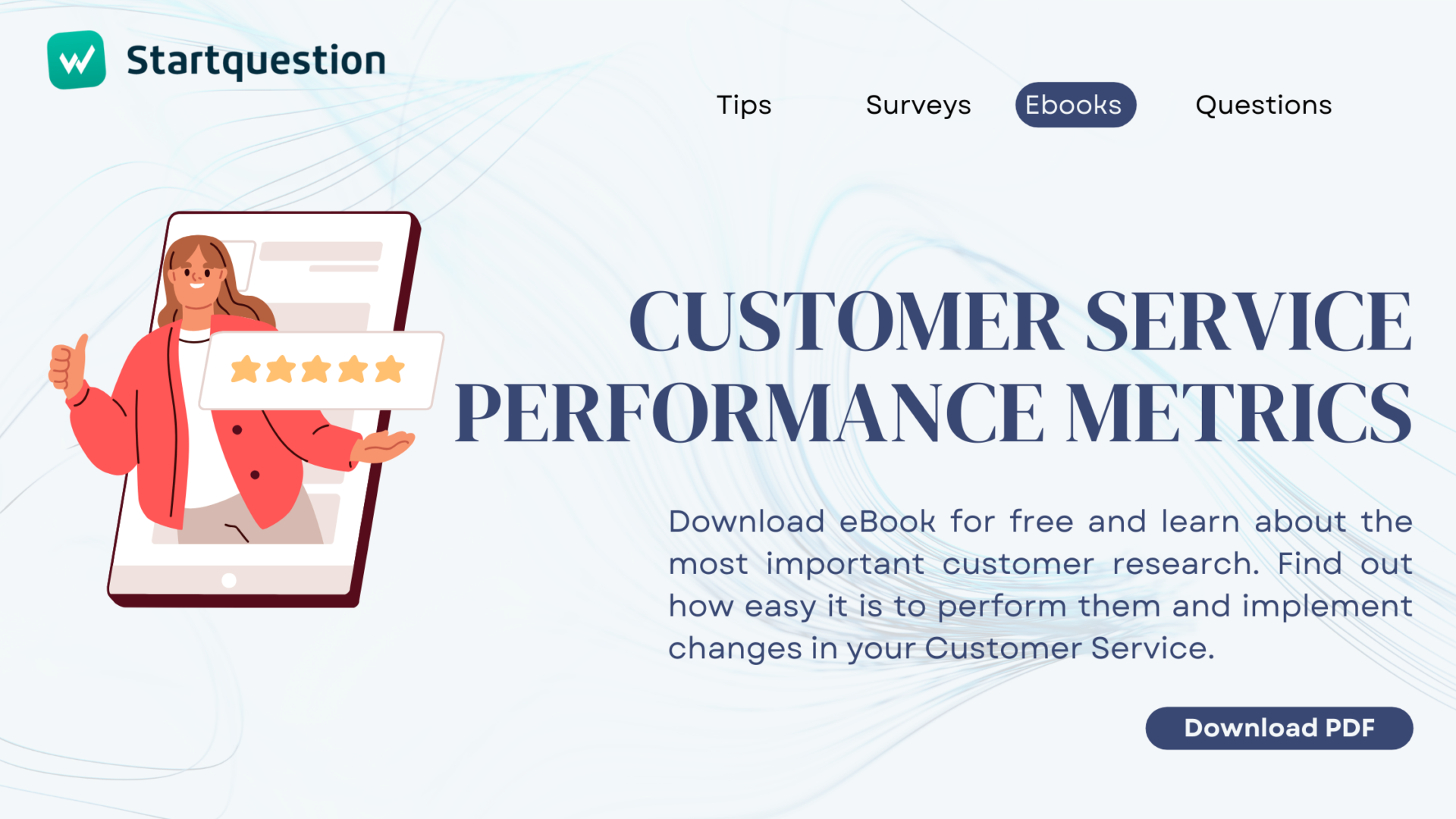What causes customer retention? We all ask ourselves this question, regardless of the industry. We will not tell you why they are abandoning your company, but we will show you the tools that will allow you to analyze customer churn. Reducing customer churn is an impactful factor in keeping existing customers, and attracting new customers in the future.
What Is Customer Churn Rate
Let me start by explaining the churn meaning. The simplest definition says this is the percentage of existing customers who have withdrawn from your products or services in a given period.
It’s impossible to keep the same customers for a long time (we’ll concentrate on the reasons later), so churn is natural. However, we need to keep our finger on the pulse and analyze customer turnover rate to monitor trends and diagnose when customer churn is too rapid.
It brings us to an important question: what does churn mean in business?
First of all, it is expensive, as it means lost revenue. Acquiring new customers in many industries is much more time-consuming than working to keep the current ones with you. The high churn turnover rate also shows that something in your offer (product quality, service, pricing policy) is grossly out of line with the competition.
You’d love to find out what it is to downgrade churn and keep more customers.
Try one of the best customer feedback survey tools for free!
Start trial period without any credit card or subscription and easily gather customer feedback via link, social media, email, and more.
No credit card required · Cancel any time · GDRP Compilant
When to Do Churn Analysis
Why do clients leave? We all would like to know it for sure. The reasons for the outflow of users from a service or product can be various. Here are the most popular key performance indicators:
- Subscription expiration / account closing
- Changing the supplier of a product or service
- Termination of the service use agreement
- Bad fit for the client/poor product adoption
- Missing functionalities (features)
- Repeating technical bugs
- Poor customer service
- Failing to achieve an outcome by the client
- Switching to a competitor
- Too long shopping path
Customers come and go almost every day.
The higher the competition in your market is, the more effort it takes to keep customers longer. From a business point of view, it is usually better to have more customers than fewer, right? It is crucial to analyze customer churn and measure their satisfaction to realize the impact of high business churn on your organization.
It’s worth adding that not all churns are negative because not every customer is a good match for your business model. There’s also good churn. The point is not to maintain each user at all costs but to cultivate relationships that bring mutual benefits. There are also seasonal or one-time customers.
In our industry, customers often use online surveys only for occasional research. They have no other research needs, so it’s normal for them to leave after their short-term project is fulfilled and come back over time.
Do churn analyses to understand your customers, stop impending customer churn, and get the most of the results to make your business shine like a diamond against the competition.
Benefits of a Customer Churn Analytics
Before we dig into the analytics, let’s take a quick look at the value that it may bring to the table. As already mentioned, churn is a costly beast. Therefore, the benefits associated with its analysis are strictly related to finances.
With Customer Churn Analytics you may:
- Understand customer behavior
- Minimize revenue losses
- Increase the customer lifetime value
- Reduce new customer acquisition costs
- Strengthen customer engagement
- Lower sales and marketing expenses
- Make your customer service great again
- Identify the client’s needs and your week sides
- Get a lower number of customers churning
- Increase paying customers in time
And much more.
How to Proceed with Churn Analysis
Ok, then. Enough theory. Time for pure practice and churn metrics.
In this section, we will take a look at how to do a customer churn analysis step by step. The methodology is crucial to properly select the data for the study and obtain reliable results that translate into ready-to-implement instructions to minimize customer churn rate.
Let’s begin and measure some customer churn!
Decide What Kind of Churn Data You Want to Analyze
Before choosing the data, consider what kind of customer churn you want to analyze. The numbers you will have to substitute for the following simple formulas depend on it. Take a look at how to calculate customer churn, depending on the analyzed data.
- Subscription churn analysis
This one applies to subscription-based business models. We compile the number of customers who unsubscribed in a given time to the total number of customers in the analyzed period.

Subscription churn formula.
- Non-subscription churn analysis
In the case of subscription churn, we have all the necessary data in our system. The non-subscription model is not that easy to measure churn, but it is still possible.
For websites / online stores, we can track users’ visits and, on this basis, count how many of them remained inactive. Therefore, the non-subscription churn rate will be the quotient of inactive customers and the total number of users (customers) in the analyzed time.

Non-subscription churn formula.
- Revenue churn analysis
The increase or decrease in the number of customers does not always tell us what the financial condition of the company is. Not every agreement brings the same MRR.
This gap is bridged by revenue churn analysis. This indicator measures the percentage of revenue lost during the period under examination. It is the quotient of the amount of recurring revenue lost and the total amount of recurring revenue in the analyzed period.

Revenue churn formula.
You may conduct customer attrition analysis on your own, substituting the above-mentioned data, or use dedicated churn management software like ChartMogul.
Identify Churn Reasons
Churn analysis allows you to minimize it. If you want to know the reasons for specific customer behavior, take a close look at the customer journey and clients’ touchpoints with the organization. Thanks to this, we will not only take care of improving customer satisfaction but also – significantly affect the churn rate.
Let’s start from the beginning of our journey with the client. We signed the contract, launched the subscription, and left the user alone. A common reason for churn is poor onboarding. If the new user quickly becomes disaffected with a program or system, it may abandon it over time. It is why good onboarding and customer care from the very beginning are so important.
Few things irritate customers, like poor support services. Research shows that many of them are ready to leave for the competition after just one unpleasant experience. Moreover, such churn is not limited to the loss of a single client. Disappointed, he will share his frustration on social media and tell his friends about it. Therefore, it’s worth constantly monitoring customer satisfaction and ensuring that customer service is at the highest level.
Nothing lasts forever. Even the best customer relationship will expire, and new customers will replace the current ones. The end of the cooperation, regardless of the reasons, is a great opportunity to get feedback to analyze churn. With an anonymous online survey or a candid customer conversation, you can learn about experiences and insights that will help you improve your offer and build better customer relationships in the future.
Pro tip: Ask clients to understand their point of view. Don’t wait until it’s too late. We all, as customers, want to feel that someone is listening to our needs. Keep your clients satisfied, and they will not so likely be browsing for your competition.

It’s good to control the level of loyalty & satisfaction of customers.
Find Out When Is Occurring
Just one more pit-stop before we’ll take a close look at the churn analysis examples. As we already mentioned while discussing the customer journey, it’s necessary to understand when churn occurs.
Analyze your purchasing path to find out weak points. What part of the process your customers don’t like and why? Do you observe a high early-stage churn? Is there anything you can do to make it more user-friendly? One more thing. While finding out the time and reasons for the churn, try to analyze the client’s motivation. Is it voluntary active churn (people do it when they or not satisfied with your service or performance) or involuntary passive churn?
For each scenario, prepare an action plan (e.g., create alerts for customers canceling), suited for your industry and company, and start analyzing customer churn right away to help your revenue stream grow.
Churn Analysis Examples
Churn analysis can be meaningful in almost any economic activity, from SaaS companies to small ones. Whether your business is for a narrow group of high-end customers or you have many buyers/users, you certainly want to know why you lose customers to the competition.
Here are some examples of analyzing churn for companies representing various industries.
- Telecomunication sector
Monitor the number of your customers. Try to find out not only if they choose a different telecom provider, but why they do it.
- Retail & e-commerce
Churn analysis in retail and e-commerce is a helpful tool to figure out when shoppers leave your store and what made them do so.
- Banking industry
In the case of banking, it is important to identify at-risk customers, i.e., those who intend to close an account and open one with competitors. Churn prediction can also be helpful in tracking customers who are about to expire, e.g. for a policy or other banking products.
- Entertainment
We probably all use popular online music or movie streaming platforms. Churn analysis allows these companies to measure customer attrition rate and take steps when the outflow of subscribers exceeds the adopted standards or historical data.
- Private healthcare
The private healthcare industry operates similarly to the entertainment one. We pay for membership and access to specialists. Churn analysis measures the value of patients lost to other providers or those who have stopped paying premiums for different reasons.
Whatever you do, keep in mind customer engagement and listen to their voices to gather actionable insights. They’ll reward you with one word. Loyalty. Sounds much better than losing customers, right?

Use survey software to measure customer satisfaction and filter those unhappy.
Customer Churn Analysis – Next Steps
We already know what are the types of churn, why it is worth measuring churn rates, and how to start the process. What’s next? Cooperation to reduce customer churn.
Further steps require strong collaboration between several departments to perform churn analysis. The organization must speak with one voice on customer satisfaction and work together to minimize customer churn rates.
Collect the data collected during churn analysis and invite representatives of the marketing and sales support department to brainstorm. Work on a coherent strategy and one clear goal to minimize customer retention. With professional survey software such as Startquestion, you may provide reports, data, analytics, and other helpful tools to reduce churn.
Good luck!




